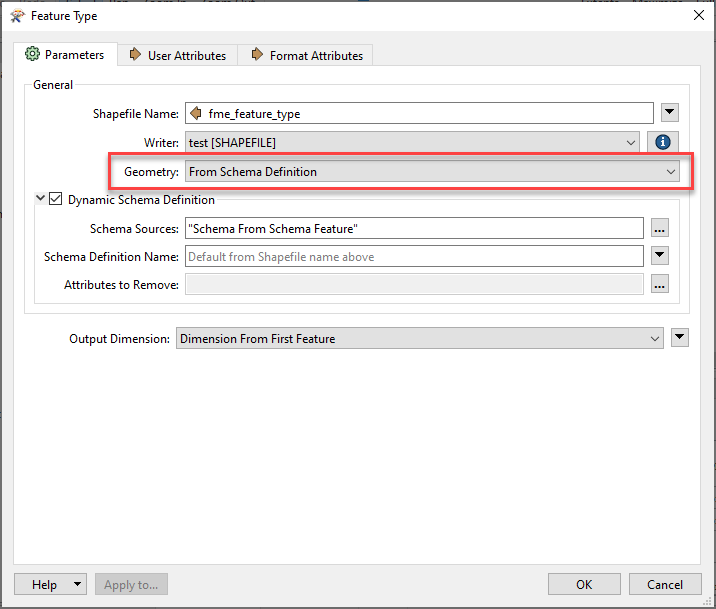My team is relatively new to using FME Desktop, so our technical knowledge is limited for troubleshooting issues. We've created a basic workspace with a Reader Feature type, to read Microstation V7 files (IGDS), connected to a Writer feature type to output shapefiles. We've also create a "Master" workspace with a series of Workspace Runner Transformers to pass a few thousand files from multiple directories automatically through the original workspace. The problem that we're having is inconsistent results and outputs from the core workspace.
The expectation of the core workspace is to read each layer of the Microstation file, and output it as a shape file. The output of each layer should also be fanned out based on the "IGDS_Basename" and create separate shape files for each layer based on the different geometries within the layer. An example would be layer 19, which contains text, line, point, and polygon as different geometries. In an ideal run, the output will include 4 shape files for layer 19, labeled as 19_text, 19_line, 19_point, 19_polygon.
The problem that we're experiencing is an inconsistency on running the workspace on a single file, vs a batch. When we run the workspace for a single file, the output appears to be complete, with all of the layers extracted and their full geometries fanned out. When we run the same workspace as a batch, we find that some of the layers are not being fully extracted. In the example above, only 19_text and 19_point are output. The 19_line and 19_polygon shape files are missing.
I'm reaching out to the community to find out if this is a known issue, or if there is a workaround for this type of problem.








